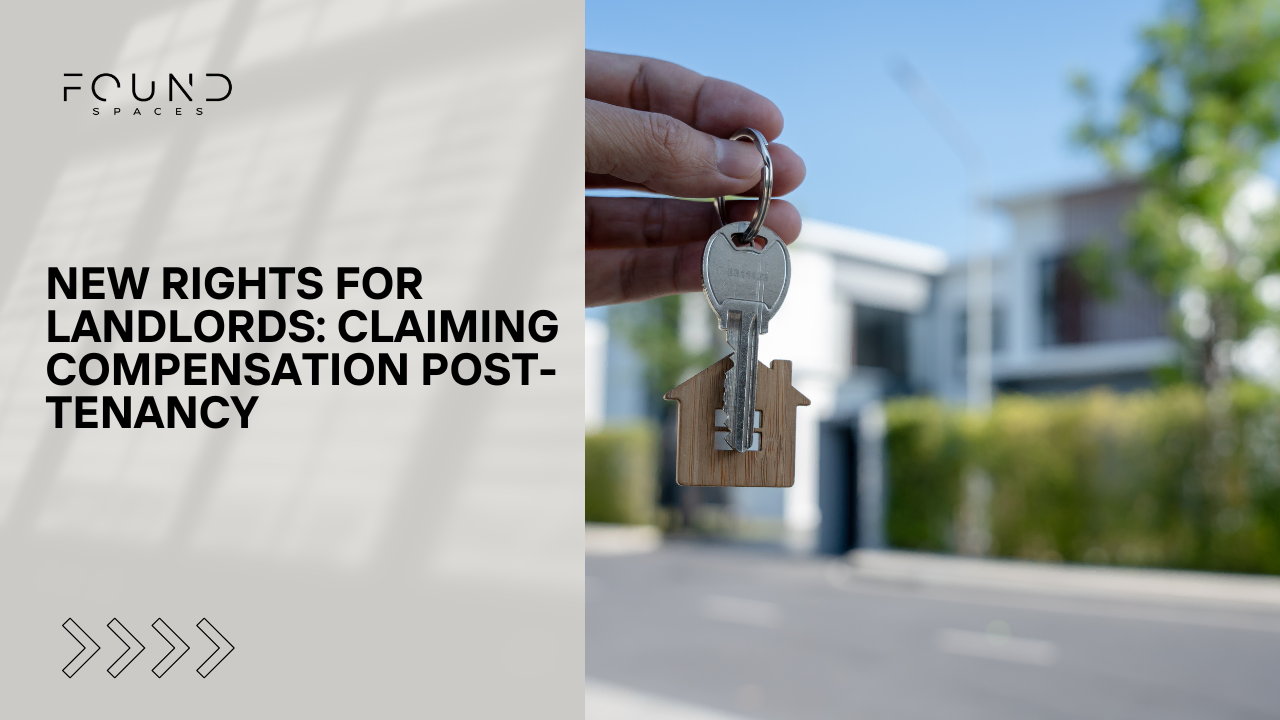As of September 1, 2021, landlords in Ontario have been granted expanded rights to claim compensation from tenants even after they have moved out. This change, implemented by the Landlord and Tenant Board (LTB), aims to provide landlords more time and flexibility to address issues such as property damage, unauthorized modifications, and unpaid costs that may only come to light after a tenant’s departure. Let’s dive into what these changes mean and how they can affect both landlords and tenants.
What Can Landlords Now Claim?

The new ruling allows landlords to make claims to the LTB for up to one year after a tenant has moved out, covering several specific scenarios:
Damage to the Rental Unit: If a tenant leaves behind damage beyond normal wear and tear, landlords can now seek compensation for repairs.
Unauthorized Renovations/Alterations: Sometimes, tenants change the rental unit without prior approval. Landlords can now recover costs associated with restoring the unit to its original condition.
Unpaid Utility Costs: Landlords can claim these unpaid costs if a tenant leaves without settling their utility bills.
Unpaid Rent: Landlords can also claim any outstanding rent not paid by the tenant up to the end of their tenancy.
Why This Change?
This update to the regulations was introduced to address the challenges landlords often face in recovering costs and managing their properties effectively. Previously, once a tenant moved out, it was significantly more challenging for landlords to pursue compensation for various issues, especially those discovered after the tenant’s departure. The extension to a year provides landlords with adequate time to assess and address these issues thoroughly.
How Does This Affect Tenants?
For tenants, this change underscores the importance of adhering to the terms of their lease agreements, especially regarding property care and financial obligations. Tenants should ensure that they leave the property in good condition, seek approval for any desired alterations, and clear all dues before moving out to avoid potential claims against them.
Best Practices for Landlords
- Conduct Thorough Move-Out Inspections: To ensure you have documented any issues, conduct a detailed inspection of the property immediately after the tenant vacates.
- Keep Good Records: Maintain all communication with tenants, receipts, contracts, and any other documentation related to the tenancy and the property’s condition.
- Act Promptly: If you intend to make a claim, consider acting sooner rather than later. Gathering evidence and filing the claim close to the tenant’s move-out date might make the process smoother.
How to Claim Compensation?

Landlords looking to make a claim should file with the Landlord and Tenant Board using the appropriate forms and follow the prescribed process, which includes providing evidence of the claimed damages or costs. The LTB provides guidelines and resources to help landlords understand and navigate the claims process effectively.
Conclusion
The amendment allowing landlords to claim compensation for up to one-year post-tenancy is a significant shift in Ontario’s residential tenancy laws. It balances the scales more in favour of landlords, allowing them more leeway to manage their properties and financial risks effectively. Both landlords and tenants should be aware of these changes, as they emphasize the importance of maintaining good practices throughout the tenancy period.




